Space is Hard
Winter
2015
Special Feature
Space is Hard
What Today’s Spacefarers Can Learn from NASA’s Mistakes
By:John M. Logsdon, Professor Emeritus, George Washington University’s Space Policy Institute in Washington, DC
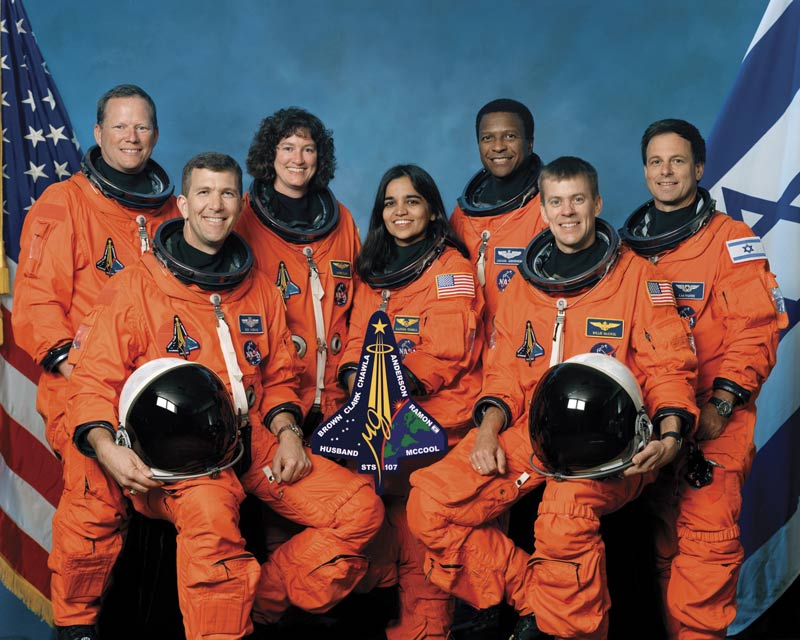
On February 1, 2003, the Space Shuttle orbiter Columbia tore itself apart as it reentered Earth’s atmosphere; all seven crew members aboard were thrown out of the vehicle at very high speed. There was no chance they could survive.
The physical cause of Columbia’s disintegration was superheated air entering a hole in the orbiter’s left wing. That blast of scorching air melted the wing’s aluminum structure, causing the wing to fail and sending Columbia violently out of control. The breach in the wing had occurred 16 days earlier, as Columbia launched. A suitcase-sized piece of insulating foam came off of the external fuel tank and impacted the wing’s leading edge. Although the insulating material had the density of only a Styrofoam container, it hit the wing at a velocity of 525 miles per hour, resulting in enough force to rupture the wing’s reinforced carbon-carbon thermal protection material.
This proximate cause of the Columbia accident was determined by the 13-member Columbia Accident Investigation Board (CAIB). I was a member of that board. Our August 2003 report, available at http://www.nasa.gov/columbia/home/CAIB_Vol1.html, goes into great detail with respect to all aspects of the accident.
Early on in its investigation, CAIB recognized that the specific technical cause of Columbia’s breakup was embedded in a complex mixture of organizational history and management mistakes. As in the 1986 Challenger accident that also killed seven astronauts, a combination of human errors created the conditions under which a catastrophic accident could occur. With Challenger, the human failure was to not heed warnings that launching when the local temperature was significantly colder than during any prior launch could cause rubber seals in the Shuttle’s solid rocket boosters to harden and fail.
With Columbia, the human failure was the belief developed over the preceding 112 Shuttle missions that “the foam could not hurt you.” Those managing the Columbia mission were aware of the foam impact during the first seconds of the mission. But since there had been foam shedding on many previous missions without causing a problem, they concluded that it was not a safety-of-flight issue and thus made no effort to determine whether the impact had caused any damage. Others at NASA’s Johnson Space Center were very concerned about the life-threatening possibility of foam-caused damage; their concern was discounted by mission managers.
The CAIB report concluded that during the history of the Space Shuttle program prior to the Columbia accident, “organizational practices detrimental to safety were allowed to develop.” These included “reliance on past success as a substitute for sound engineering practices,” including extensive testing, and “organizational barriers that prevented effective communication of critical safety information and stifled professional differences of opinion.”
Reacting to this indictment, NASA, after returning the Shuttle to flight in 2005, intensified its efforts to operate the vehicle safely and to change the organizational culture that had led to the accident. The 22 Shuttle flights between 2005 and the system’s retirement from service in 2011 proceeded without major incident.
Still, again in the words of the CAIB report, “attempting to manage high-risk technologies while minimizing failures is an extraordinary challenge. . . The risk of these complex systems is increased when they are produced and operated by complex organizations.”
These admonitions are well worth keeping in mind as the United States prepares in the next few years to resume launching NASA astronauts and others on US systems operated this time around by private firms providing space transportation services on a commercial basis. There is no a priori reason that this arrangement will be any more prone to human mistakes and organizational failures than was the government-operated Space Shuttle program. But the technological and management challenges of developing and safely operating launch vehicles and crew-carrying spacecraft remain, even if the emerging systems are less complex than was the Space Shuttle. This means that continuing vigilance by both private and public authorities will be a requirement for safety.
It is a cliché to observe that “space is hard.” But that cliché is also accurate. We are still far away from the day, if it ever comes, of routine space travel. Avoiding future space accidents will for some time remain an “extraordinary challenge.” //
Space SNAFUS
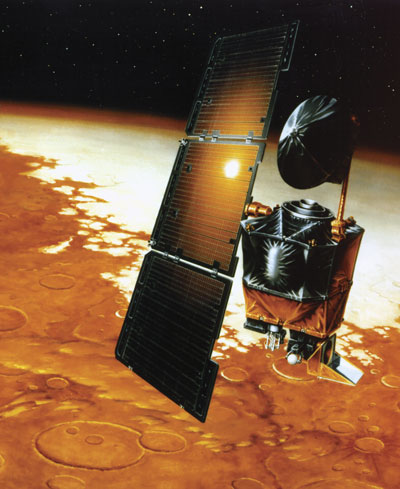
Instead of surveying the Red Planet, the Mars Climate Orbiter disintegrated in the Martian atmosphere because NASA subcontractor Lockheed Martin programmed its thrusters in imperial units instead of the metric units NASA was using. Credit: NASA.
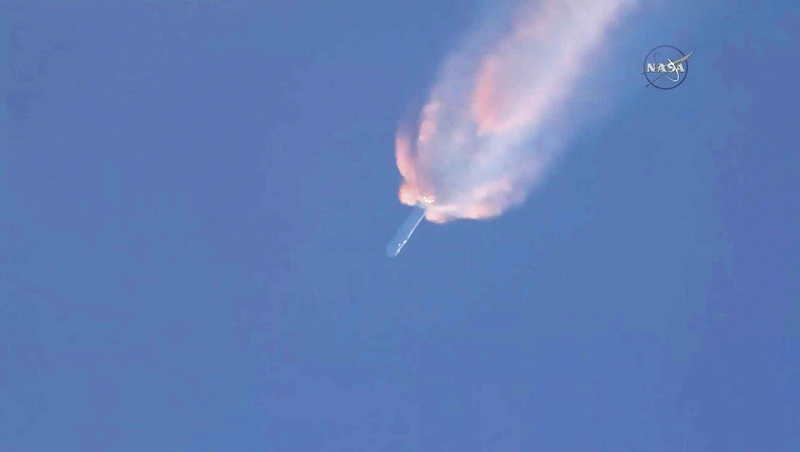
The disintegration of SpaceX’s Falcon 9, on a 2015 mission to resupply the International Space Station, tarnished a company with an otherwise perfect record. Credit: NASA.
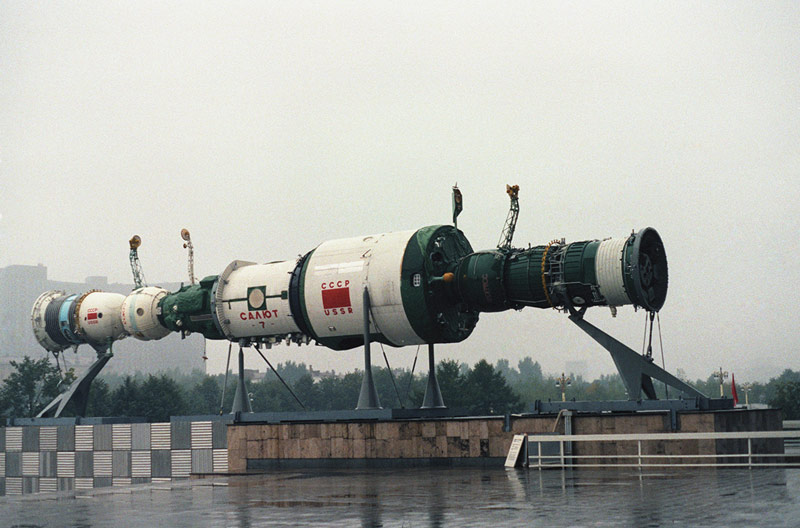
Failures that plagued the first Russian space station program, Salyut, racked up the equivalent of hundreds of millions of dollars in losses. Credit: Don S. Montgomery, USN (Ret.).
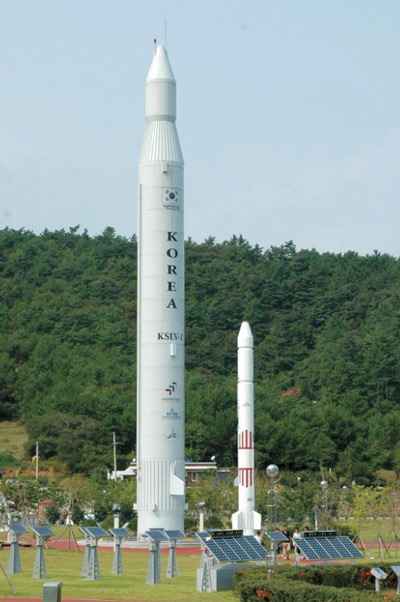
South Korea’s first rocket, the Naro, failed to reach orbit twice, in 2009 and 2010, before completing its first successful mission in 2013. Credit: Deuterium 001.
